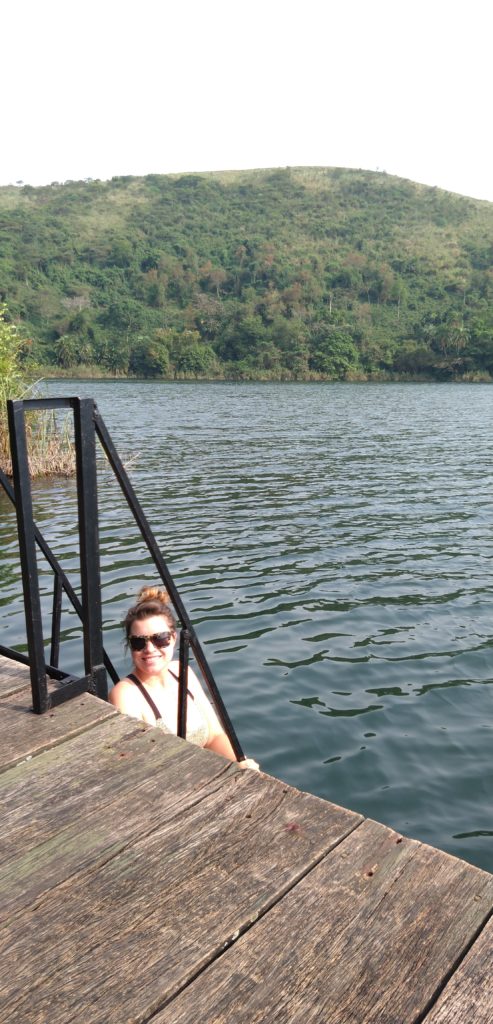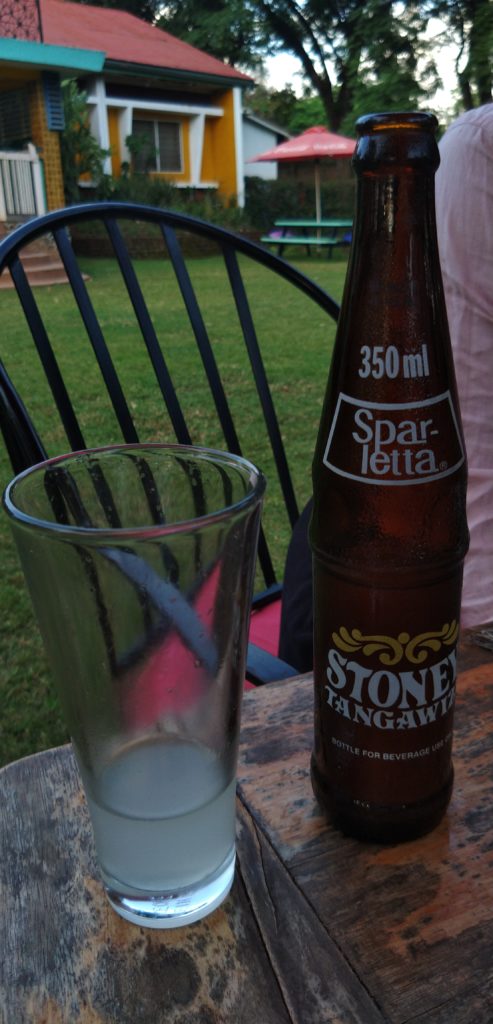- Create new administrator account in System Preferences > Users & Groups. (see note below)
- Log out of current user and login with new admin account.
- Change the name of the original user’s home directory ‘/Users/original’ to the new desired short name ‘/Users/new’
- In Users & Groups Settings, right-click on the “original” user and select “Advanced Options”. Update:
- “Account name” to the new short name
- “Full name”
- Home directory to match the new user’s home directory
- Add your own Apple ID and remove the old one
- In System Preferences > Sharing update the computer name from “Original’s MacBook” to “New’s MacBook”.
Updating/changing a user’s password when you don’t know the original password
In order to create a new admin account, you must have the old administrator password. If you don’t have it, it’s possible to change the original account’s password.
Note: There are some risks involved, specifically with regard to your keychain. If you need to access passwords stored in the Keychain of the user account, you’ll still need to know the Keychain password, or you’ll lose access to them. This can cause some frustrating problems.
- Turn off the computer.
- Restart into recovery mode by holding while holding “command” + “R” keys while booting the computer.
- From the recovery mode, click on the “Utilities” menu and open “Terminal”
- Type “resetpassword” at the terminal prompt and hit enter to open a graphical password reset utility.
- Restart as usual (from the Apple icon menu in top left corner).
- Login using your new password.
- If you don’t need access to the old Keychain passwords (especially if you don’t have the password for that old keychain), it’s probably best to select the create a new login keychain option when prompted.







